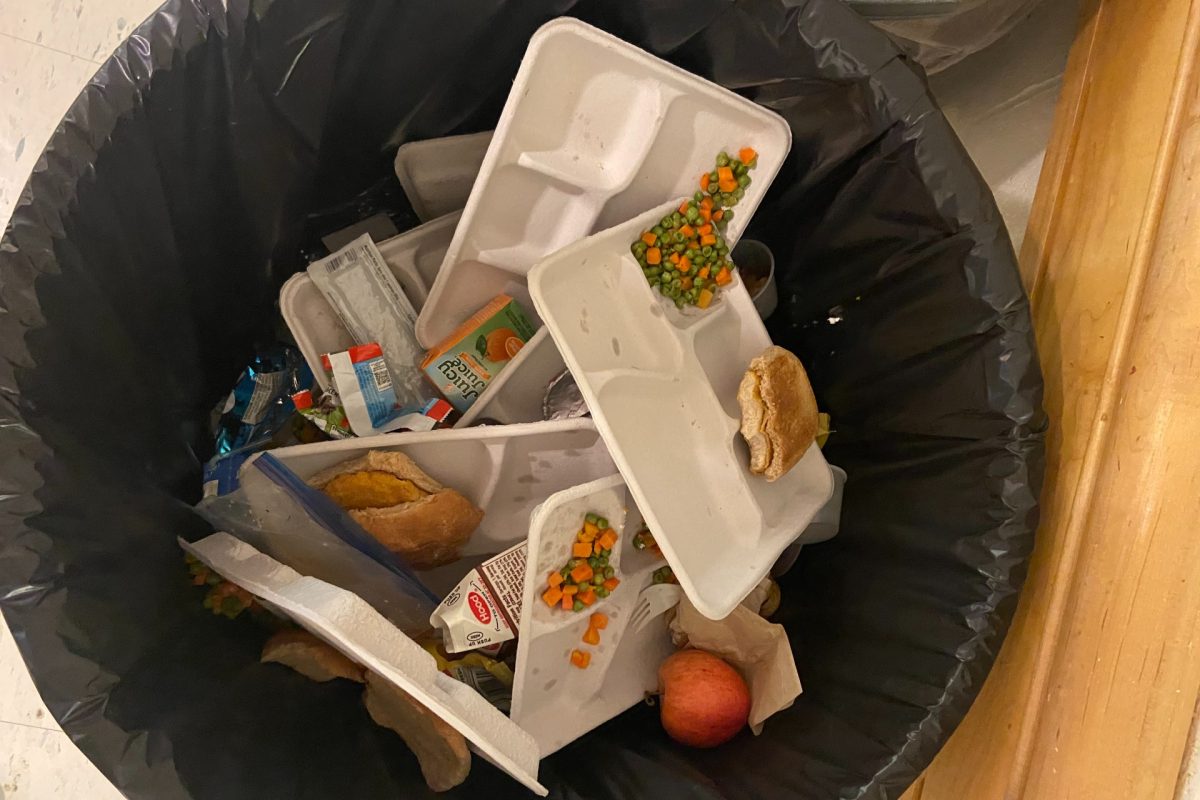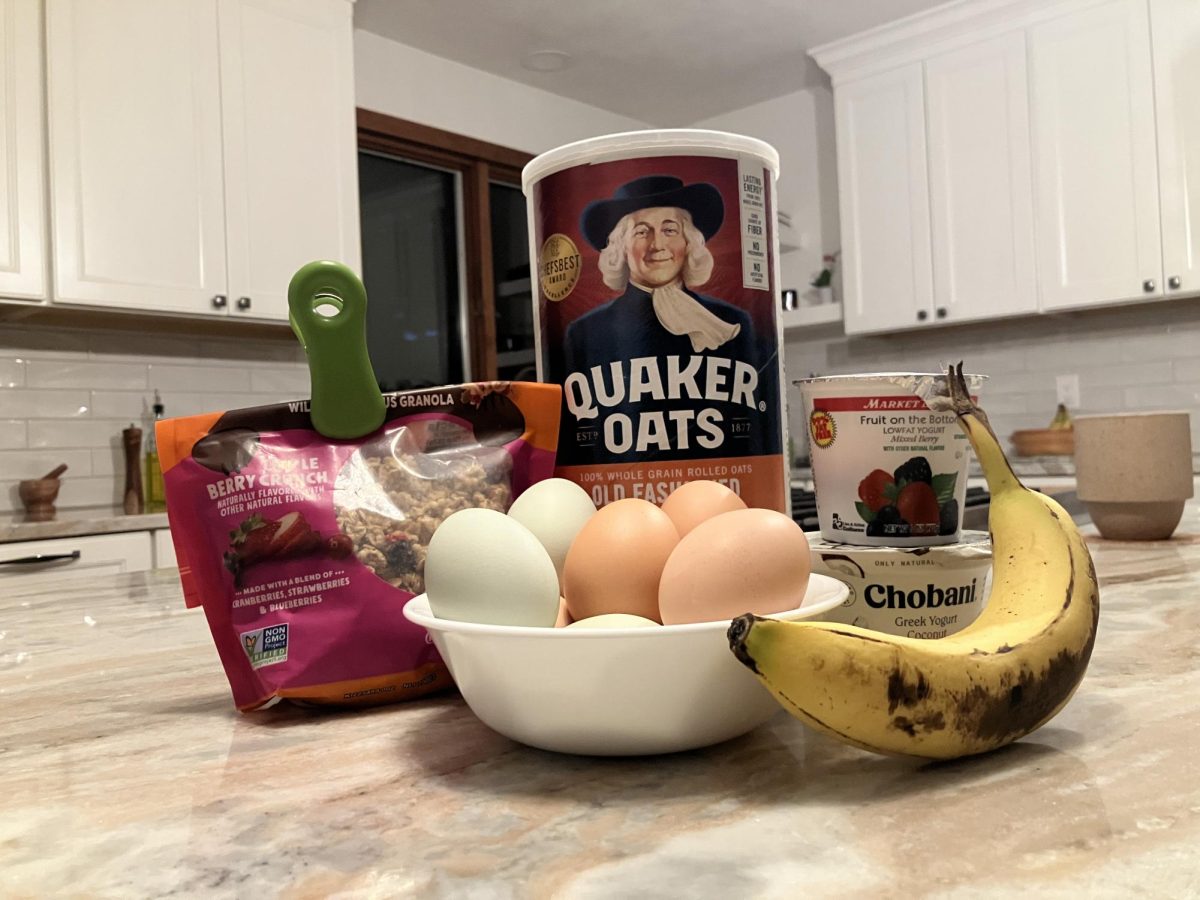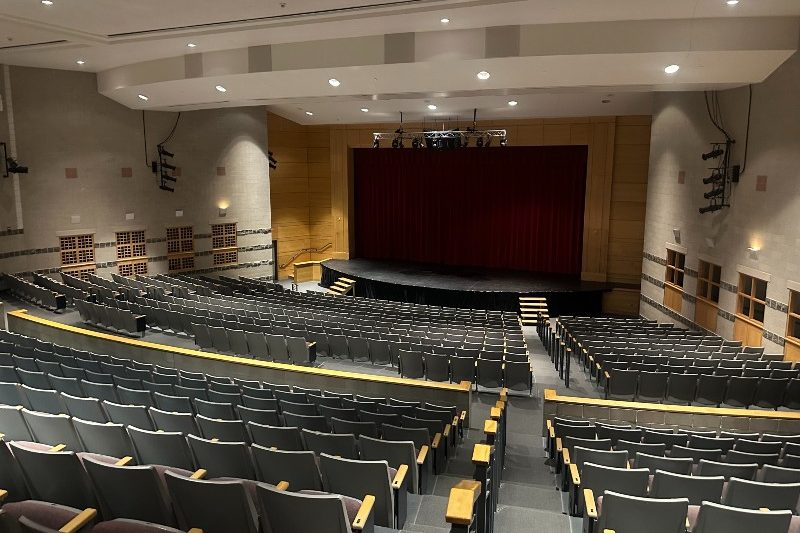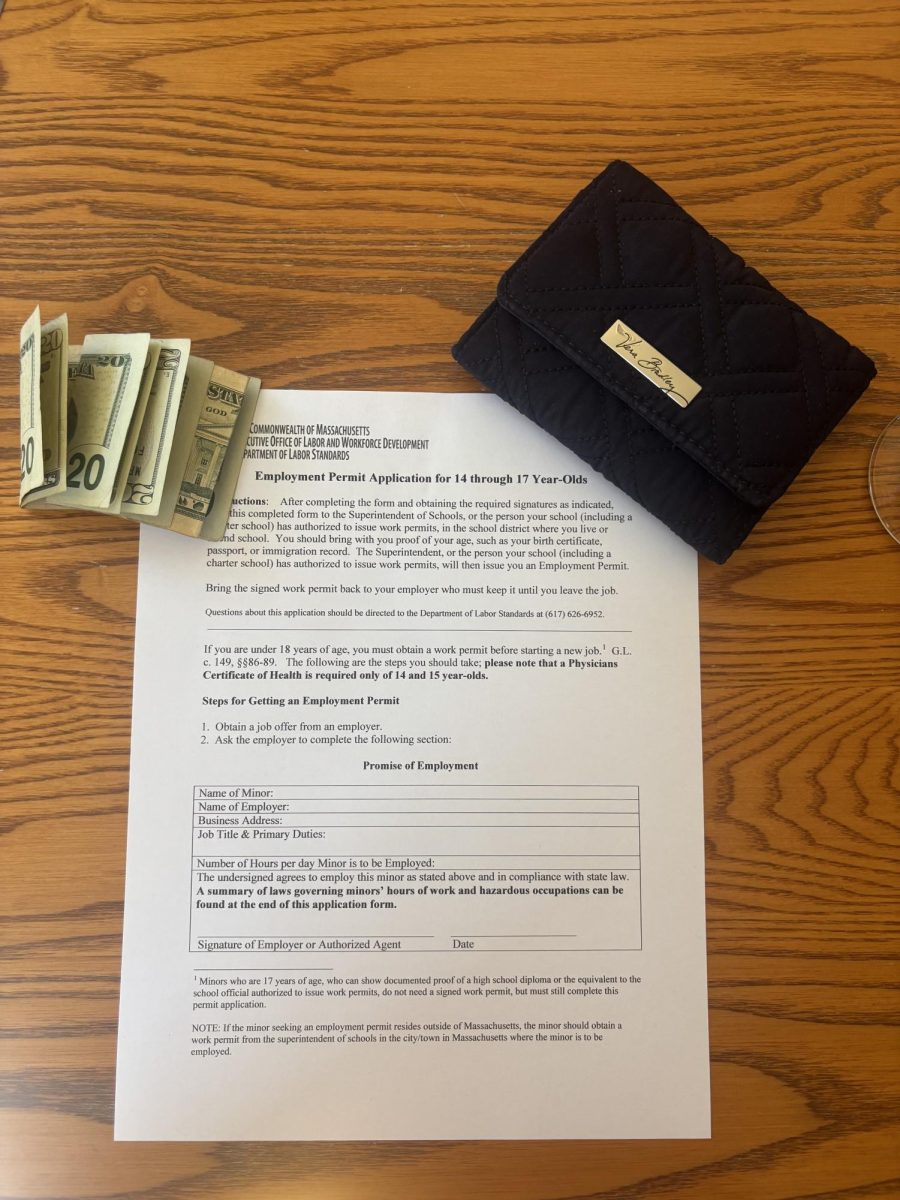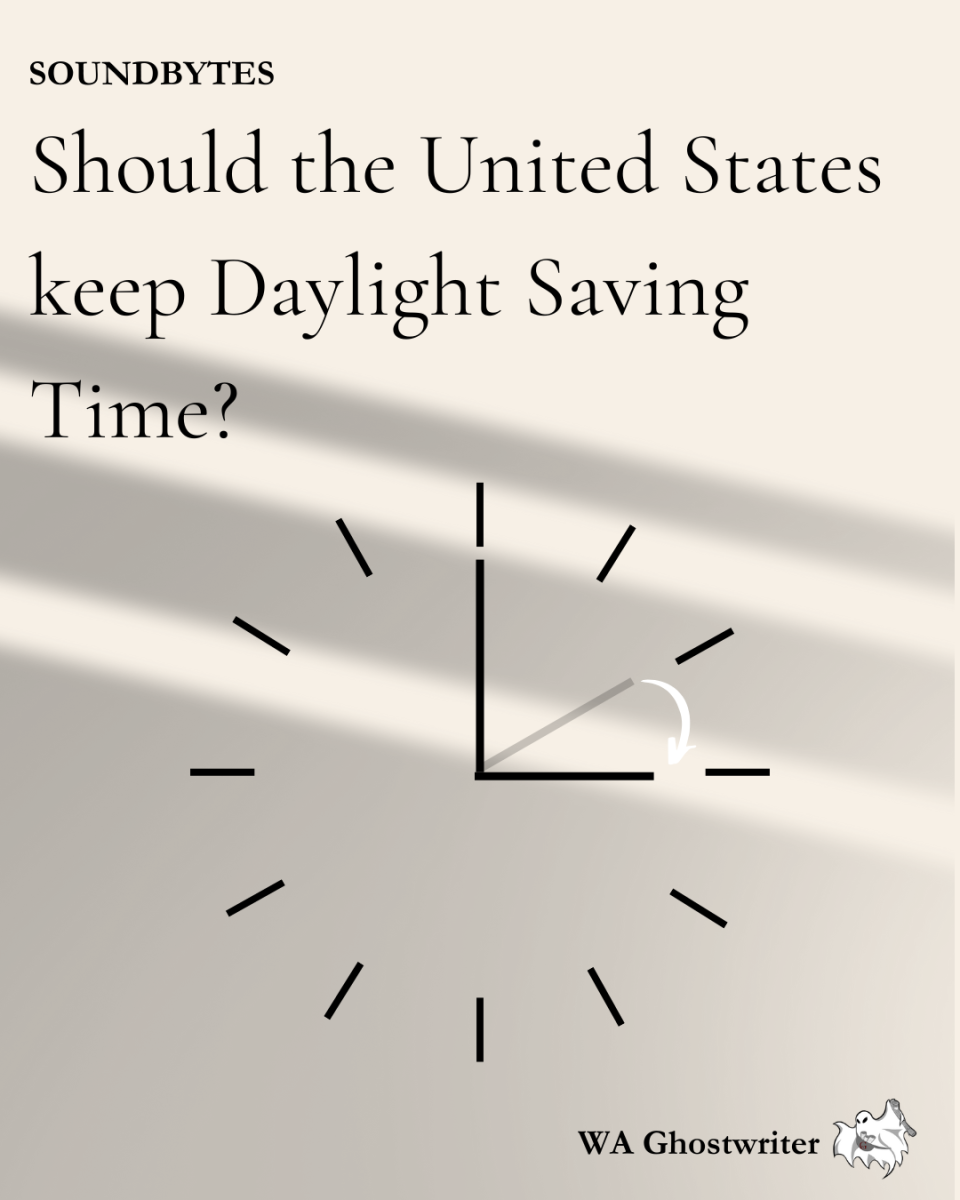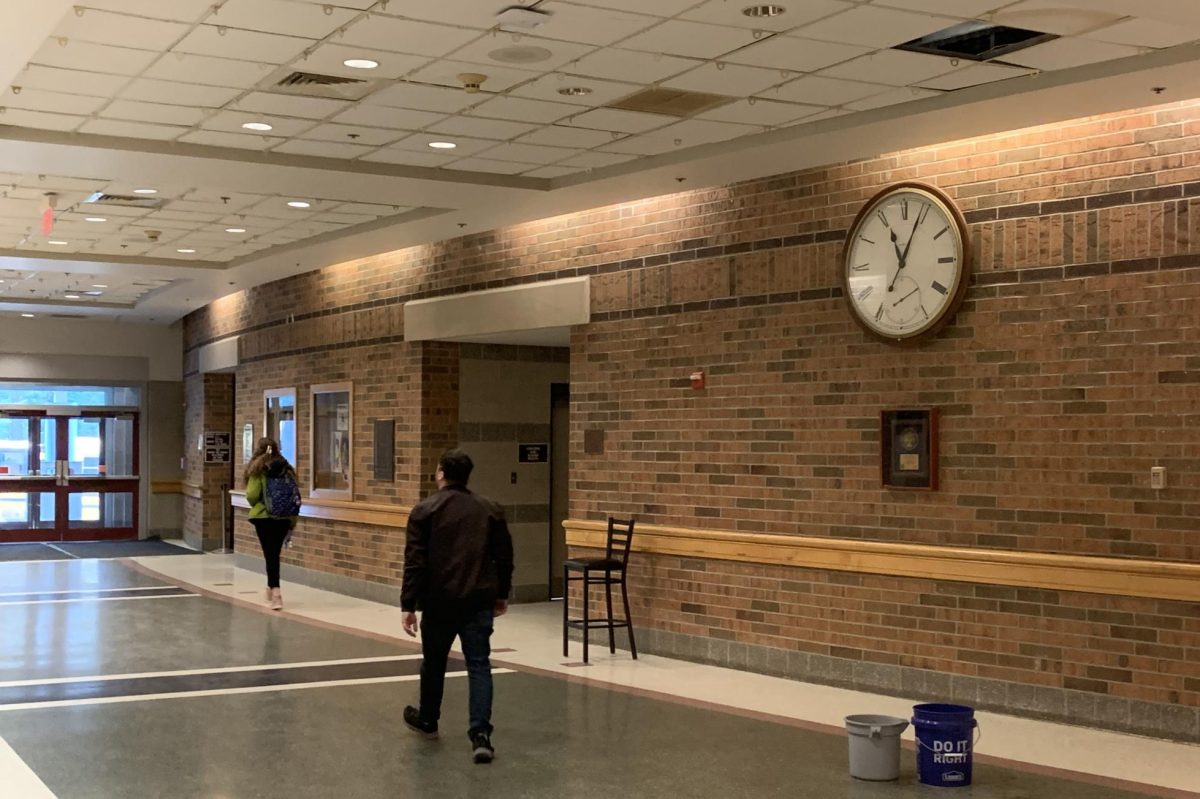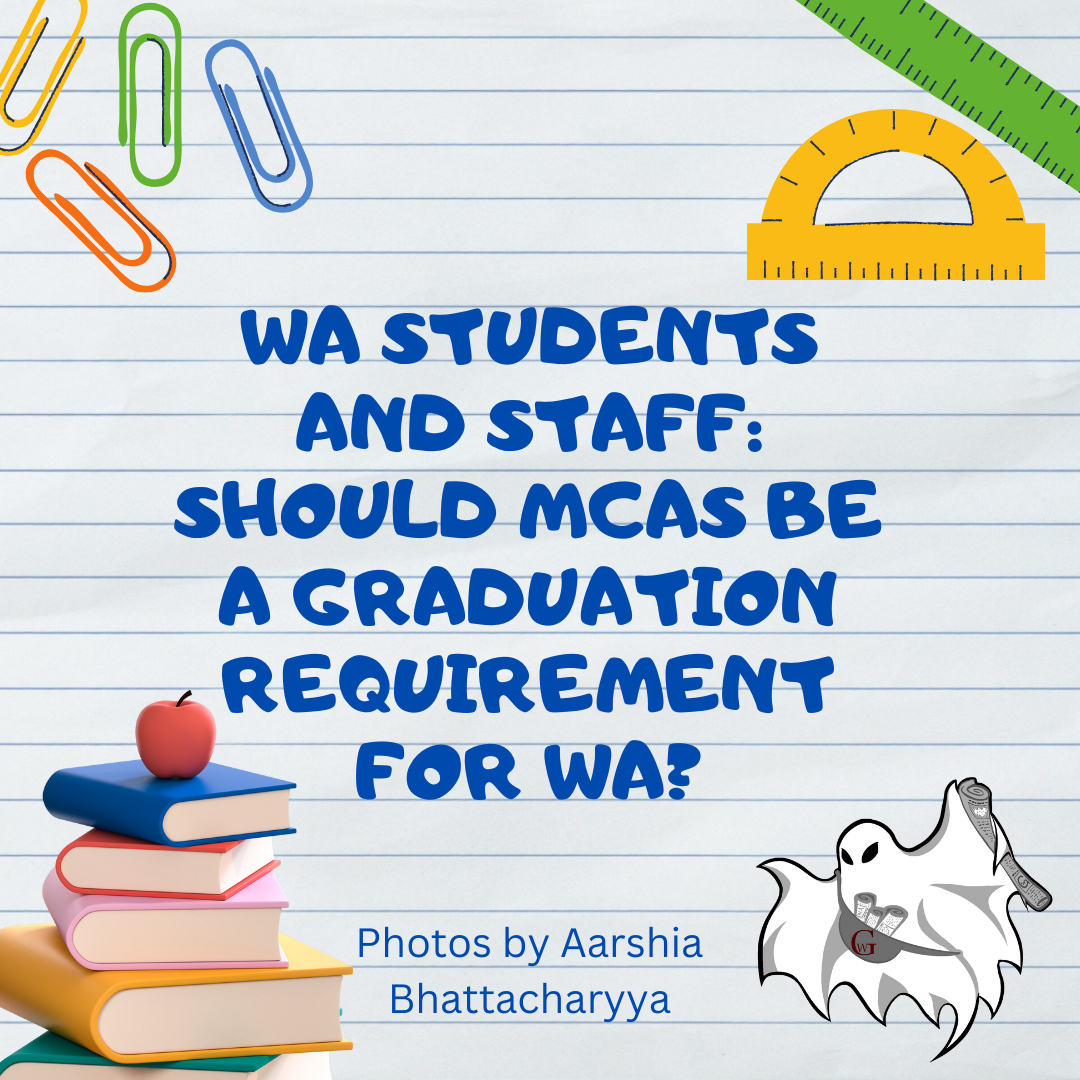It is lunchtime at school and, as per usual, you grab the first plate of pizza served, a required fruit or vegetable, a dessert, and then you sit down with your friends. By the end of the lunch period, you have barely finished, but amidst the ringing of the bell and conversations with friends, thinking about how much food you are really throwing away is not something that comes to mind. As it turns out, you’re not the only one; for countless students at WA, food waste like this is a common theme.
The total amount of garbage produced by Westford, including WA and WPS, is 17% above the state average, according to the Budget Task Force’s final report published on Oct. 18. Although waste, particularly food waste, occurs in all aspects of life, the school cafeteria is a significant contributor. With piles of trays filled with uneaten slices of pizza, fruit and milk cartons stuffed into overflowing garbage cans, food waste at WA has without a doubt grown to be a massive problem, and the consequences are dire.
What makes food waste especially disturbing is the fact that 17.3% of American households with children in 2022 were food insecure, according to the USDA. As of 2023, school lunches are now free for all students in Massachusetts, making it the eighth state to pass this program in the United States. Given how this opportunity is not open to everyone, we need to be more mindful of this privilege instead of throwing away a free lunch just because we do not have to pay for it.
Not only that, but by throwing away food, we are also burdening our town financially through the costs of trash removal. As of late, Westford is set to face a significant increase in garbage collection costs as a result of the coming change to a new company, and although this will occur regardless of the amount of trash we produce, the town does have to pay a separate fee to incinerate the garbage by the ton. So, the more garbage we produce, the more money we spend on the incineration, according to Westford’s Sustainability Coordinator Sue Thomas.
“Burning trash, as I am fond of saying, is literally burning tax dollars,” Thomas said.
In fact, food waste is made up of approximately 70% of water and takes more energy to burn compared to other trash. This not only raises the cost, but also releases more carbon dioxide in the process, according to Recycle Now. In addition to that, food waste is heavier, so it takes more trucks to haul and increases the tonnage, all of which add on to the overall cost and greenhouse gas emissions. Ultimately, these carbon emissions contribute to climate change, a looming threat to the environment which causes melting ice sheets, natural disasters and the displacement of people around the globe, according to the United Nations.
Given all of the harm that coincides with wasting food, it is concerning that students continue to consciously throw away their food during lunch.
However, it is important to note there are also a variety of outside factors that influence students to make this decision. Notably, the 26-minute lunch periods give students little time to both socialise and eat at the same time. With lunch being the only break students get from an overwhelming schedule, it is unsurprising that making environmentally friendly choices is the last thing on their minds. If our school were to implement longer lunches, however, even by ten minutes, students would be in less of a rush and more inclined to make good choices.
Besides the short lunch periods, some students throw away their lunches because they dislike the food served in the main lunch line. Although lunch aides and staff do a great job of providing students with lunch, the menu options, which include pizza and frozen foods, can get repetitive. In contrast, the à la carte line, which serves salads and sandwiches, has become increasingly popular, and students buying from there tend to waste less food.
However, these options do run out quickly, so students coming in later for lunch have to resort to picking a lunch that was not their first choice. To combat this problem, WA should consider expanding the à la carte food section, as well as surveying students to see which foods they like best in order to ensure students are getting food that is to their taste.
That being said, catering to student taste in food can be difficult, since WA must follow nutritional guidelines outlined in the National School Lunch Program, including the fruit or vegetable requirement. Although many students find this requirement annoying and end up wasting the food as a result, it is an essential part of making our school lunches healthier. With this in mind, balancing these guidelines with the prevention of food waste becomes increasingly more complicated, and understandably so. However, this does not mean that it is impossible.
“School lunches are highly regulated, so many times if you order a meal at school, they must give it all to you under the regulations, whether or not you eat it,” Thomas said. “But what you do at home, and the à la carte items, are entirely in your hands.”
From a policy standpoint, one possible solution to this problem was first suggested by the school committee during their Dec. 4 meeting, where students that do not wish to eat a certain part of their lunch can leave it on a table and trade it for something else. If this system were to be implemented at WA, it would be a great way to satisfy state requirements whilst reducing food waste.
Besides this, more support should be directed toward the Composting Club at WA, which composts fruit and vegetable scraps onsite, and prevents food from being incinerated as a result.
According to Sharon Chew, a member of the Agricultural Commission and Westford Community Compost, educating students and staff on composting is key, as well as more funding to make the process run smoother.
“We need [a] continued strong emphasis on education, […] investment in good signage with an effective bucket system for collection, and follow-through monitoring to reduce contamination of wrong materials put into buckets or dumpsters,” Chew said.
With food waste being such a major problem at WA, it is only natural that we would need big policy changes made by administrators and the school committee to solve it. However, this does not mean that we as students do not play an equally important role through the choices that we make on a daily basis. Something as simple as bringing lunch from home, taking the time to choose a lunch we would enjoy, and composting leftover fruits and veggies are all important strides in the right direction—although we are a part of the problem, we can also be a part of the solution.

